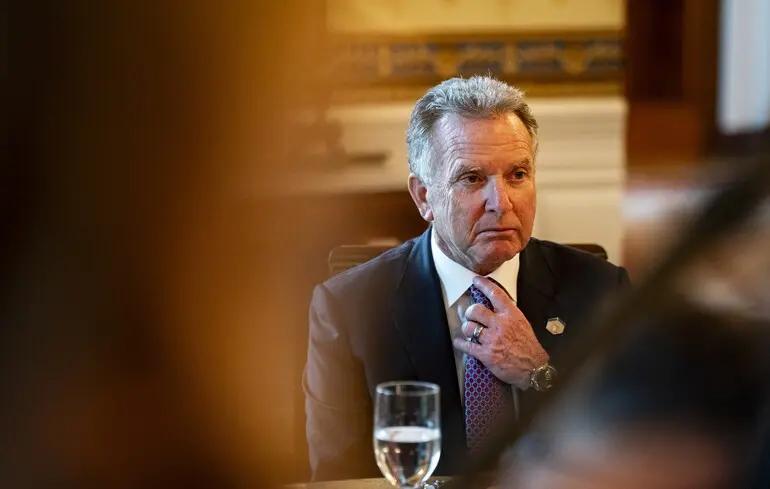Territorial Exchanges: Illusion or Reality? Inside the Turbulent US-Russia Negotiations on Ukraine

The tense diplomatic landscape surrounding Ukraine continues to unfold with unexpected twists and conflicting messages.
High-stakes negotiations between the United States, Europe, and Russia have repeatedly oscillated between promising breakthroughs and plunging into ambiguity.
Different US administrations, operating with their own strategies and agendas, strive to identify viable paths toward ending the conflict.
Some insider reports suggest the possibility of territorial swaps, where Russia might agree to withdraw troops from certain regions in exchange for Kyiv ceding control over others.
However, these claims are quickly denied or toned down by officials, reflecting a fragile and uncertain diplomatic dance.
Sources close to the negotiations reveal that while initial discussions hinted at significant territorial concessions, subsequent clarifications indicate Moscow’s position is far more modest, often emphasizing non-recognition of specific regions as Russian territories.
The inconsistent messaging underscores the unpredictable nature of Trump-era diplomacy, marked by impulsiveness and a penchant for improvisation, often at the expense of standard diplomatic protocols.
Experts warn that these mixed signals do little to advance actual peace efforts and may, in fact, hinder progress.
The broader context points to a lack of unified strategy within the US administration, with diverging opinions on how best to approach Russia and Ukraine.
While some advocates promote aggressive measures, others champion strategic patience and diplomacy.
Meanwhile, Ukraine’s leadership continues to await tangible steps toward peace, aware that the current diplomatic turbulence risks prolonging the conflict.
The international community anxiously watches whether future negotiations will finally produce a sustainable resolution or remain caught in a cycle of uncertainty and false hopes.

